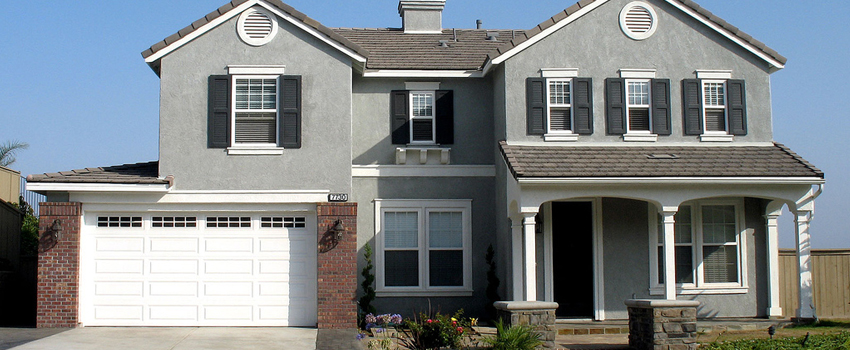
This blog post was prepared by The Personal, the official provider of home and auto insurance for Ontario’s engineers. Did you know that OSPE members get access to exclusive group rates on home and auto insurance with The Personal? For more information on how The Personal can protect you, visit thepersonal.com/ospe.
One of the most common causes of water damage is a sewer backup from the sewer system of the municipality. To protect your home against it, you need to have backwater valves to protect all plumbing systems in the basement (including the floor drain). The secret to protecting your home from sewer backup lies in cleaning the backwater valves and making sure that there is no debris preventing the flaps from opening and closing. Cleaning them regularly can prevent sewer backups from occurring.
Basement windows are another element to keep an eye on because they can let in a lot of rainwater. Check the condition of the seal around your windows. If you have a window well, get rid of any debris that could prevent water from properly draining. If your basement windows don’t have a window well, you should dig one yourself. Twenty centimeters of clearance between the bottom of the window and the ground should be enough to keep water from infiltrating your basement.
What about the dreaded foundation cracks? According to our experts, cracks are generally caused by extreme temperature fluctuations, which are frequent in Canada. Some of the factors that can cause foundation cracks include soil movement, backfill issues, frost heaving and blocked subsoil drain pipes. Cracks are often harmless, but it doesn’t mean they shouldn’t be taken care of. Any horizontal crack and vertical crack longer than 3.2 mm should be repaired by a professional.
If you see a white porous or powdery residue (known as efflorescence) at the bottom of concrete walls, this is an indication of moisture behind the foundation. Frequently, this situation is a sign that the foundation drain doesn’t work correctly which could lead to future seepage. Contact a foundation specialist right away to take care of it.
Another factor you shouldn’t neglect is the installation and maintenance of gutters. They collect thousands of litres of water during heavy rain and carry it away from the foundation of your house. Make sure to clean them often and verify that your downspouts don’t connect to the subsoil drainage pipe or the municipal sewer system; it will cause them to overflow! There
are other things you can do to keep your gutter in good condition. Adding a section of horizontal pipe at the end of the downspouts and laying a concrete slab sloping away from the building will help the water flow better, and keep your gutter in optimal working condition when it rains.
Water damage is something that should concern every single Canadian homeowner. Infiltration can cause irreparable damage, so it’s important to stay on top of things and protect your home accordingly. Hopefully these tips will help you prepare for any type of water infiltration situation!
Legal
The Personal refers to The Personal General Insurance Inc. in Quebec and The Personal Insurance Company in all other provinces and territories. The information and advice in this blog is provided for general informational purposes only. The Personal shall not be liable for any damages whatsoever arising from any reliance upon such information and advice. The Personal recommends using caution and consulting an expert for comprehensive advice. You should always consult the owner’s manual of the manufacturer and follow the manufacturer’s guidelines and instructions with respect to the proper installation and use of any products mentioned in this piece.





Flooded basements in areas served by combined sewers must be expected.
A primer…. for some:
In many older parts of towns and cities in Canada, combined sewers still carry both rain water from the surface of the streets and sanitary waste from homes…hence the label ‘combined’. Since the second world war, two separate sewer systems do these two separate jobs.
Both combined and separate storm sewers are designed to cope with the intensity of rain water events that have a defined return period…one year, two years and rarely a bit higher. This means that overloading of street sewers carrying rainwater must be expected once per year or once every two years and so forth. If that storm sewer system is also your sanitary sewer system, it follows that your private sewer pipe connection to the overloaded street sewer may provide rain water storage relief to that overloaded street sewer by backing rain water from the street into your home, making your basement an unintended short term rain water storage facility, at least until the rate of rain falling on the land diminishes.
Hence it makes sense then that most (if not all) homes served by old combined storm/sanitary sewage systems should have those backwater valves (as described above) installed on private sewer connections.
Thank you for sharing your thoughts, Bill. Always appreciated!